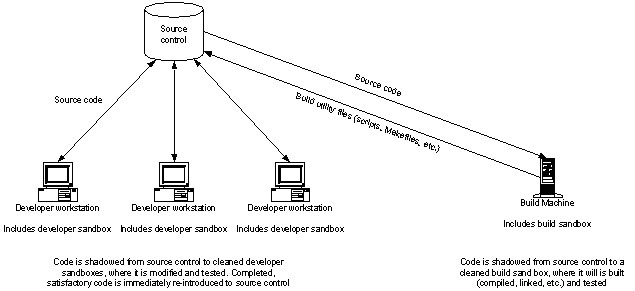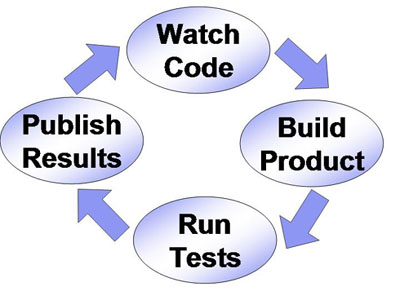I am looking for pointers, suggestions, links, warnings, ideas and even anecdotical accounts about "how to design an application in a modular way". I am going to use python for this project, but advice does not need to necessarily refer to this language, although I am only willing to implement a design based on OOP.
Here's some context to understand where I come from and what I am trying to achieve...
My project will be a small application that will consume web services and display the results in a variety of ways, including:
- notification popup containing just the result of the call
- tab in the main window of the application with graphics plotted from retrieved raw-data
- buffer of messages (visible on domand) where results from various services will pile up
The application will be released as free (as-in-speech) software, and for this reason I would like to make it really easy for other devs to write plugins/modules that will extend the functionality of the main application without needing to change the core code.
At this point in time, plugins should essentially enable a developer to activate a new webservice, by defining the provider, the data manipulation (if any) and the way the data will be presented to the user.
I have extensive experience in developing with drupal which has a powerful modular approach, but that also follows a non-object-oriented design, so I suspect that for python, drupal design might not be the optimal solution.
If this is of any importance - the core will be natively developed for GNU/Linux.
Thank you in advance for your time!








